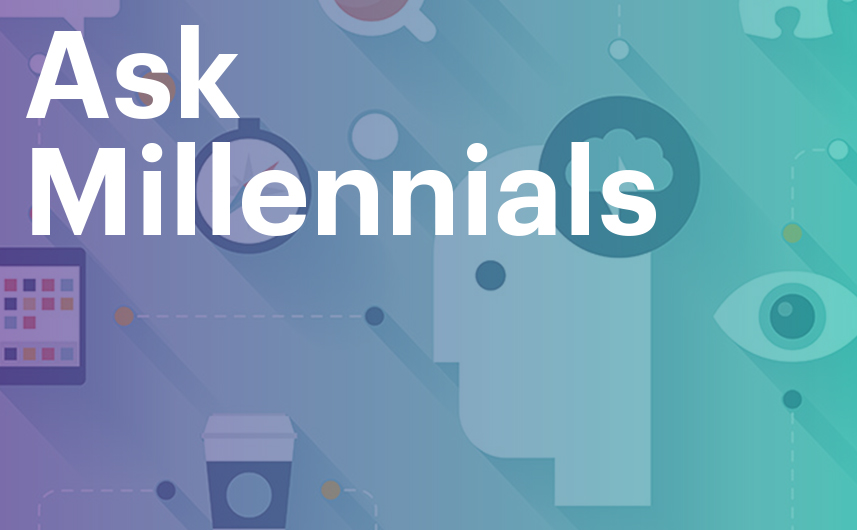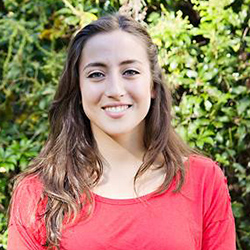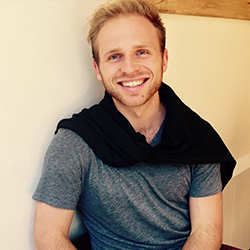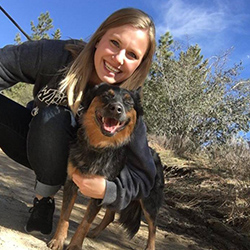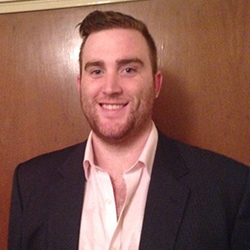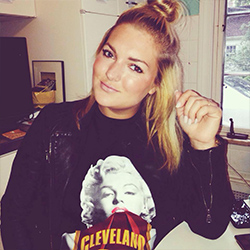A lot of branding firms talk about the importance of incorporating agility into their clients’ brands. The best brands have to stand for something distinct and meaningful – and at the same time, be ready to acknowledge what is happening out in the marketplace so they can adapt and adjust to maintain their edge.
There is less discussion about the process of branding and the need to imbue it with a degree of agility as well. Speed is a given – we’ve all been schooled on how clients no longer have time for long, drawn-out branding processes that will yield a new brand in the market within 12-18 months. But speed is not the same as agility. Agility means finding ways to utilize existing knowledge, assets, and insights to leapfrog into new territory.
Leading in Partnership
This notion comes at odds with how branding firms do things. Most branding firms have their “proprietary method,” often used to claim some sort of ascendancy or advantage over other firms. But in an effort to demonstrate expertise, there can be arrogance to lording one’s “method” over a client, especially if the method favors doing everything from scratch instead of looking for and accommodating existing intellectual capital. By ignoring the previous work a brand has cultivated, you may be sacrificing integrity for agility.
To truly imbue the branding process with agility, branding firms must exercise a degree of humility, respect for work that has been done, and a commitment to finding the foundational nuggets worth building upon. In a sense, this process is akin to inspecting a house before starting renovations – an architect worth his or her salt will identify the load-bearing walls and build upon and around them rather than tearing them down for no reason. This constitutes a stance that we call leading in partnership – taking the best of what exists and providing a path forward.
Bolstering a Strong Foundation
A client we worked with recently had conducted a tremendous amount of work identifying customer insights and pain points for each of the decision makers in all of the lines of business they sold to. Instead of recommending new research, either to validate these insights or uncover new ones, we took them as fairly gospel and used them as the foundation for building out their brand idea. When we brought back our thinking, clearly connected to the knowledge that they had uncovered, it was easier for our client to understand how we were laddering up to the brand idea. It validated the work they had done internally and made for a much easier sell-in. All in all, considerably more agile.
That is not to say that there isn’t room for additional validation of existing intellectual capital, especially if there is a suspicion that it may have been developed in an internal vacuum. But questioning what we believe to be true in an effort to reach a greater unknown can often be conducted in parallel path with brand execution, so that things keep moving forward. Again, agility.
Be an Agile Listener
Even for startups and small businesses without a robust legacy to build upon, we believe that approaching a project with a sense of humility will ultimately lead to a better partnership and increased agility. Branding firms should be able to say “So, you’re a startup – maybe you don’t know everything about your category yet, but you’ve created this idea and you possess enough strength of conviction to know that it is an idea worthy of the market. Let’s build something that feels like a natural extension of your brand.”
We will always have a rich library of proven methodologies to pull from, based on decades of expertise and hundreds of case studies. But if we’ve learned anything from our long-lasting relationships with clients, it’s that being an agile listener gets you much further than being the loudest person in the room.
To learn more about how your brand can adopt an agile workflow, contact Founding Partner Tracy Lloyd at [email protected].
Emotive Brand is a brand strategy and design firm in San Francisco.





